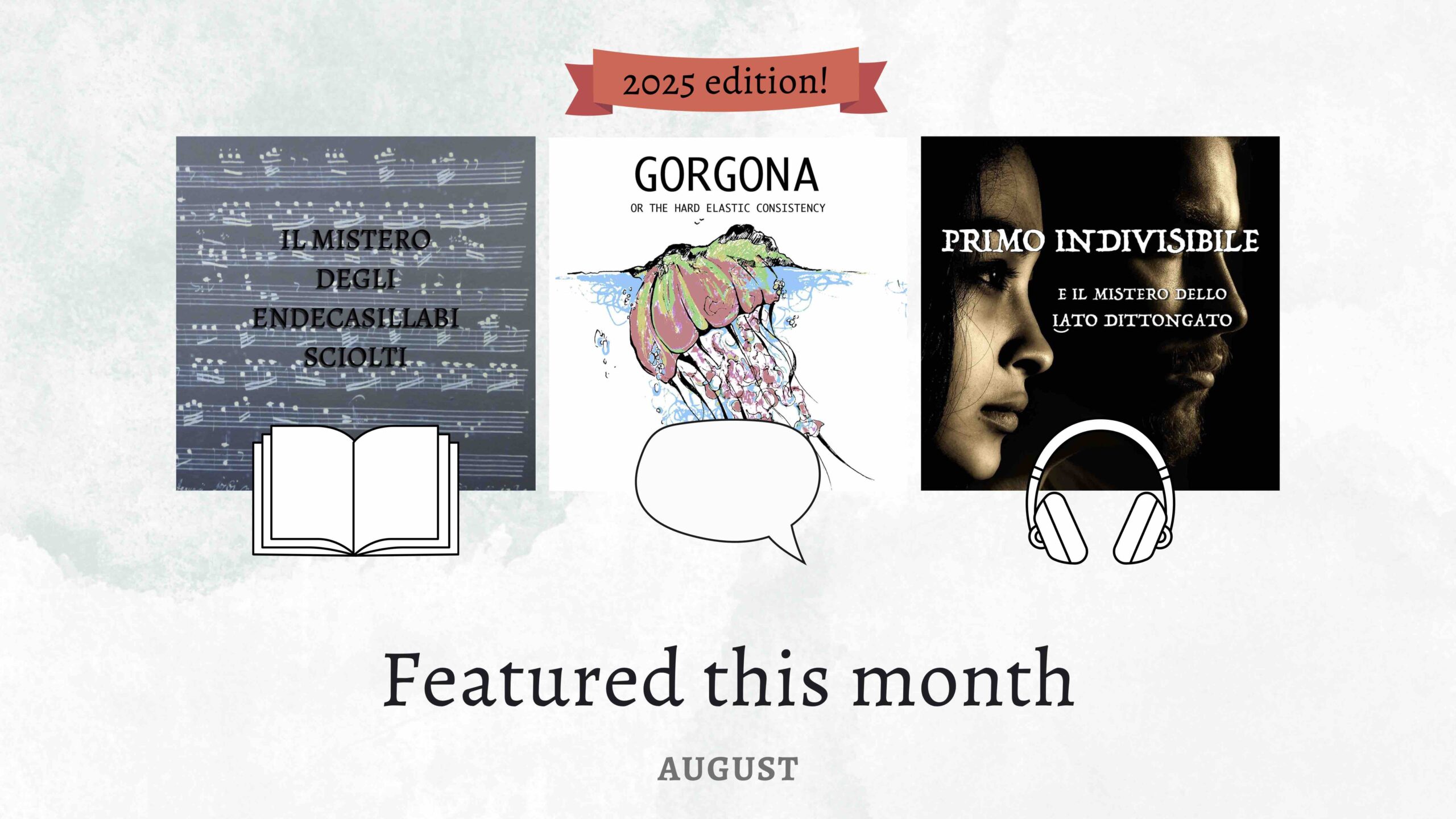When the pleasure of reading fades: lessons from the US and Italy
Reading for pleasure is experiencing an unprecedented decline in the United States. A study published in iScience, based on over 236,000 interviews collected over a 20-year period, shows that the share of people who read every day for pleasure has dropped from 28% to 16%. A clear and continuous trend, sparing no social group. In addition, the researchers detected a polarisation phenomenon: those who love to read do so even more, devoting more time to books, but a growing part of the population has stopped opening one altogether.
The American picture
The picture becomes even more problematic when looking at social differences. In the US, the decline is most marked among those with low incomes, limited education or living in rural areas. And even shared reading with children, which should be a fundamental habit to pass on the pleasure of books, remains marginal: only 2 per cent practice it on a daily basis. All this is an indication of how books and reading are becoming an elite phenomenon. A phenomenon that, being reserved for the highly educated, is often more prone to technical reading. Nothing to do, unfortunately, with the educational function that reading has throughout an individual’s life.
Reading in Italy
And in Italy? The situation is not identical, but some similarities are evident. According to Istat data, just over four out of ten Italians read at least one book a year. This percentage remains surprisingly low compared to other European countries. Reading is more widespread among women and young people, particularly in the 11-14 age group, but falls dramatically with adulthood. There is also a strong territorial difference: in the North and the Centre people read more, while in the South the percentages plummet. Already at the beginning of the year, the IEA had sounded the alarm and the situation, unfortunately, is in danger of worsening.
Another common element with the United States is inequality related to education. In Italy, more than two-thirds of university graduates read books, compared to less than one-fifth of those who have only a secondary school diploma or less. The book thus remains, even for our country, a social indicator rather than a transversal habit. Added to this is a generational gap: while young people read mainly in paper format, the use of ebooks and audio books is growing among younger adults, a sign that enjoyment is also shifting (fortunately for us) to digital channels.
Where do we go from here?
If we look at the direct comparison, the most relevant difference is that in the United States daily reading for pleasure is plummeting, while in Italy the numbers remain stable, albeit at modest levels. We still have a solid base of readers, albeit concentrated in specific social groups, and reading has never been a mass habit. But the signs of erosion are visible: fewer books in homes, less time devoted to reading, and a widening gap between those who read a lot and those who do not read at all.
In addition to the risks already mentioned above, there is a risk of the situation worsening if we look at young people. We have seen that digital content such as eBooks and audio books are on the rise. But despite this, the increased time spent by adolescents on smartphones (and social media) risks marginalising the use of the technological medium as a support for reading.
Finally, the recent regulations on inclusivity, with the new European Accessibility Act, should also be highlighted. If, on the one hand, the audience of potential eBook “users” is to be enlarged, on the other hand, problems multiply, and not a little.





